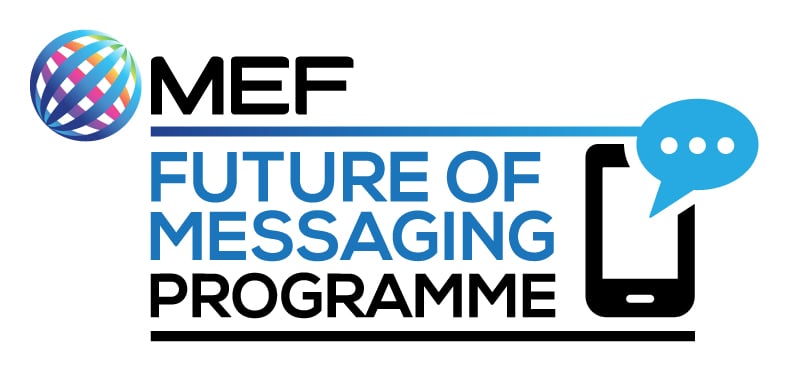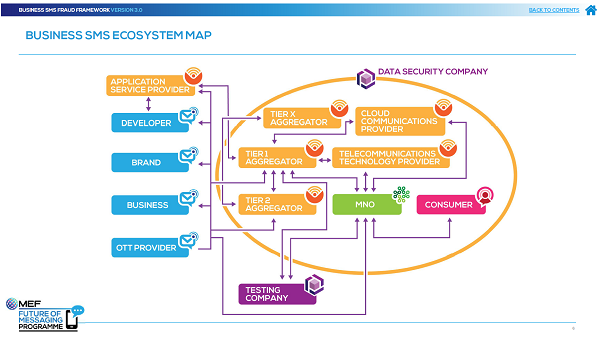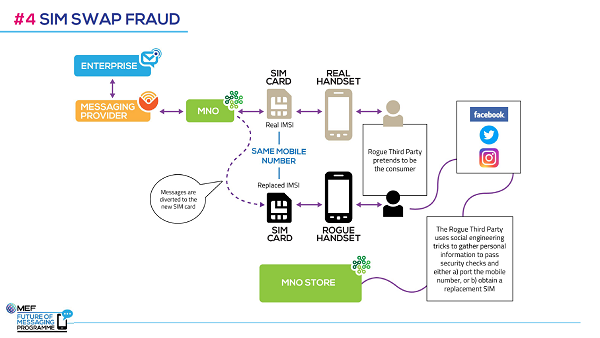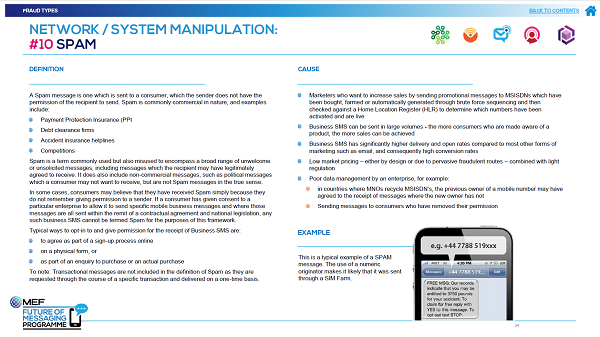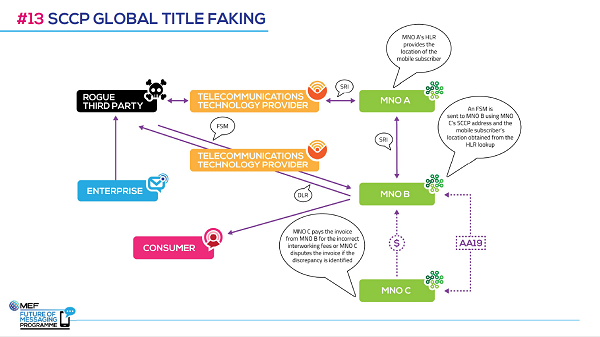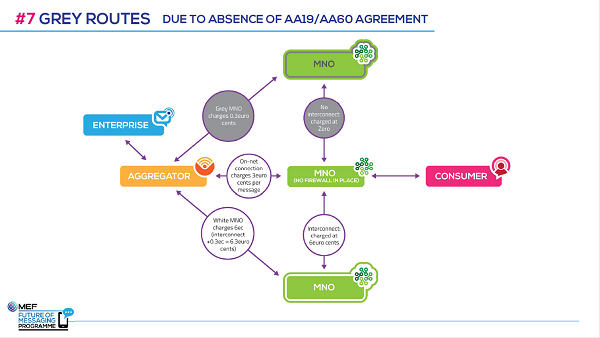Business SMS (also known widely as Application-to-Person, A2P SMS or bulk messaging) is a well-established, generally very safe, efficient and cost-effective way for organisations of all sizes and types to communicate with both existing and potential customers. This helps to build trusted relationships and increase brand loyalty.
MEF research consistently shows that when communicating with companies, consumers trust SMS above all other mobile digital channels. No matter how well liked the channel may be, the mobile industry cannot rest on its laurels. SMS was never designed for two-way messaging and as a result has some issues which, if left unchecked, risk eroding levels of trust amongst both consumers and enterprises. This in turn impacts the adoption of messaging amongst new enterprise sectors, stifling innovation and ultimately slowing the long-term growth of the industry.
In 2016, MEF members came together to create the A2P Messaging Fraud Framework Version 1.0. This framework set the foundation for the future work of the Programme, to develop best practice guidelines for the Business messaging industry.
Fast forward to 2021 and Version 3.0 of the Fraud Framework offers yet more insight into the impact of fraud on all parties within the ecosystem. Note it has been renamed ‘Business SMS Fraud Framework’ in order to provide optimum clarity – SMS is the focus.
A total of 14 fraud types have now been identified, defined and mapped providing recognisable, real life examples of how fraud can occur. The new addition has been Message Trashing, the act of deliberately not even trying to deliver a validly formatted Business SMS message with valid content intended to be sent to a valid mobile subscriber number (MSISDN).
All work carried out within MEF is member led and everything done to create the new Fraud Framework is no different; the Framework was developed by a collaborative cross-ecosystem working group of participants of MEF’s Future of Messaging Programme, represented by senior executives from across Commercial, Operator Relations, Product and Technical teams.
14 Fraud Types
Identity Theft
- SMS Originator Spoofing
- SMS Phishing
- Access Hacking
Data Theft
- SIM Swap Fraud
- SMS Roaming Intercept Fraud
- SMS Malware (SMS Hacking)
Network Manipulation
- MAP Global Title Faking
- SCCP Global Title Faking
- SMSC Compromise Fraud
Commercial Exploitation
- Grey Routes, Bypass, Non-Interworked Off-Net Routes
- SIM Farms
- Spam
- Artificial Inflation of Traffic (AIT)
- Message Trashing
